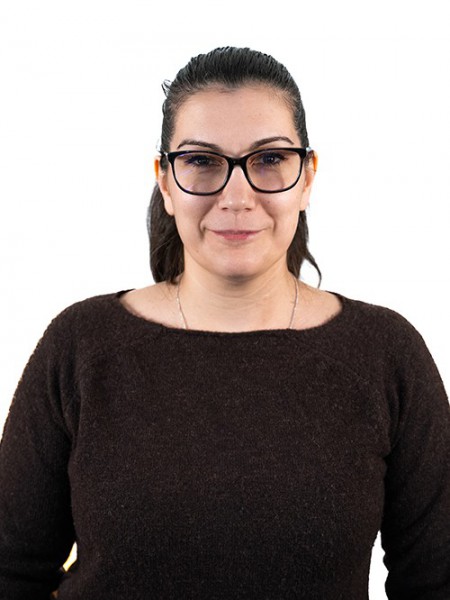resumo
Antibacterial agents have been in the spotlight over the past few years either due to their extensive applications or for the increasing concern with the spreading of biocide resistance. The encapsulation of large spectrum antibacterial agents, that are human safe, has been proposed as an alternative to overcome some of these problems but also to impart a controlled release of the encapsulated material. Polyhexamethylene biguanide (PHMB) is a bactericide polymer widely used in various applications, from industrial to household and everyday applications, with little to no documented bacterial resistance. In this work, the encapsulation/immobilization of antibacterial agent PHMB into silica capsules produced in a one-step emulsification process is reported for the first time. The synthesized capsules were characterized by Fourier transform infrared spectroscopy (FTIR), UV-Visible spectrophotometry, electron microscopies (SEM, STEM) and thermogravimetric analysis (TGA), confirming the presence of PHMB in the silica capsules. Furthermore, the incorporation of PHMB into the silica capsules led to significant changes in the textural properties, as revealed by nitrogen adsorption-desorption experiments. The biological performance of PHMB-loaded silica capsules was evaluated against a recombinant bioluminescent strain of Escherichia coli. Although after 60 min encapsulated PHMB has afforded the same bactericidal activity as an equivalent amount of free PHMB, the former demonstrated a delayed action consistent with a limited release of active compound from capsules, which may be advantageous in applications where a controlled release is required.
palavras-chave
NANOPARTICLES; COATINGS; RELEASE; DRUG
categoria
Chemistry
autores
Sousa, I; Maia, F; Silva, A; Cunha, A; Almeida, A; Evtyugin, DV; Tedim, J; Ferreira, MG
nossos autores
Grupos
G3 - Materiais Eletroquímicos, Interfaces e Revestimentos
G4 - Materiais Renováveis e Economia Circular
agradecimentos
This work was developed in the scope of the project CICECO-Aveiro Institute of Materials (Ref. FCT UID/CTM/50011/2013), financed by national funds through the FCT/MEC and when applicable co-financed by FEDER under the PT2020 Partnership Agreement. This work is also funded by ERDF Funds through Operational Competitiveness Programme - COMPETE in the frame of the project RENOVA PAPTIS - FCOMP-01-0124-FEDER-30203 and Centre for Environmental and Marine Studies (CESAM) unit project Pest-C/MAR/LA0017/2013. FM thanks FCT for PhD grant SFRH/BD/72663/2010 and JT thanks FCT for researcher grant IF/00347/2013. The authors would like to thank Doctor Sonia Patricio for the helpful insights on surface area and pore volume results.






